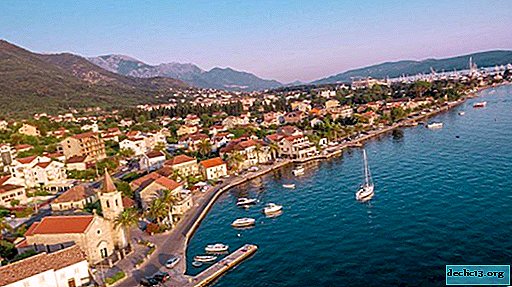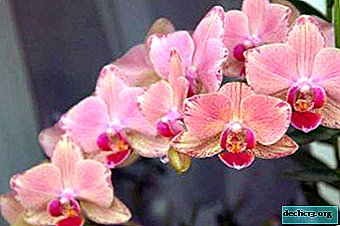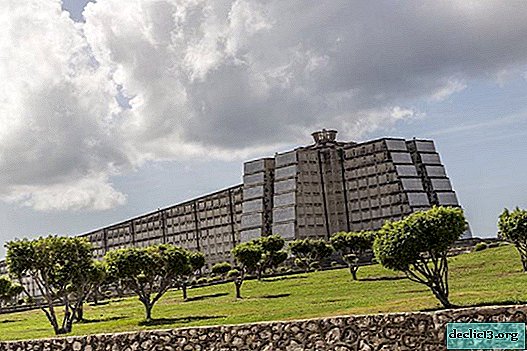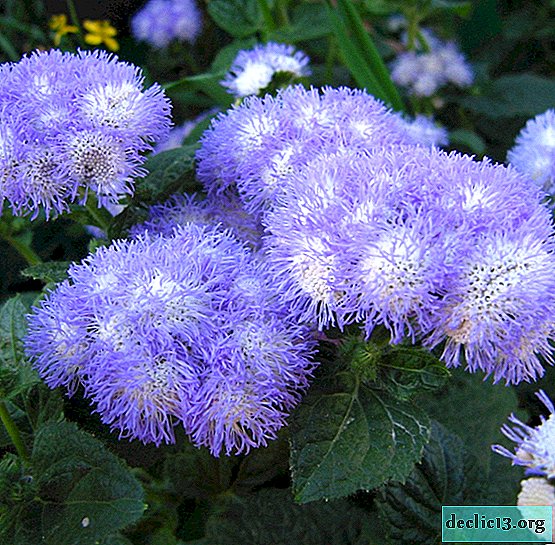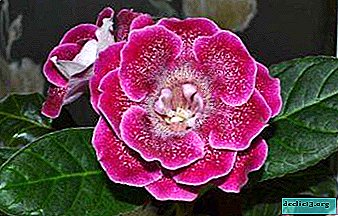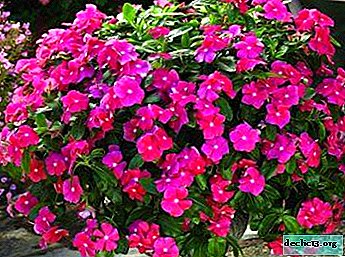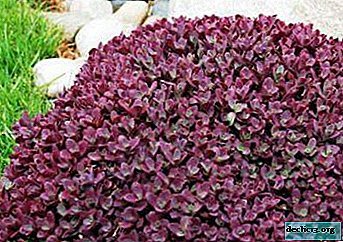The Great Stupa in Sanchi - an ancient Buddhist temple in India
The Great Stupa in Sanchi is one of the most prominent cultural and historical monuments of India, attracting the attention of travelers from all over the world. The huge stone mound, created by the design of the Buddha himself, has survived and has survived to this day almost unchanged.
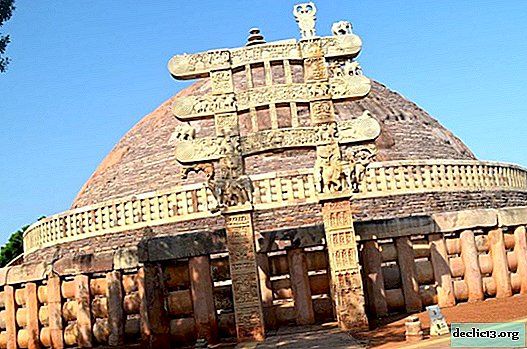
General information
Sanchi is a small village located in the central state of Madhya Pradesh, 46 km from its administrative center, the city of Bhopal. It is famous for a large number of monuments of early Buddhist architecture, the most prominent of which is the Big Stupa, erected in the third century. BC e. by order of the ruler of Ashoka. Being a visual symbol of the Wheel of Dharma, it became not only the first Buddhist sanctuary in the world, but also served as a prototype for all subsequent temples built in honor of the glorified spiritual teacher.
In the second century BC e. at the beginning of the reign of the Shung Dynasty, the Great Stupa in Sanchi was almost completely destroyed. Over time, the temple was not only restored, but also significantly increased in size. After such transformations, the old brick mound was inside a stone mound, whose height reaches 17 m and a diameter of at least 36 m. Over the next years, the monument underwent several changes - 2 huge columns and 4 stone gates appeared next to it, replacing a dilapidated wooden the fence.

Sanchi continued to be the largest center of Buddhist culture until the 12th century, but as soon as Islam became entrenched in the central part of India, all Buddhist shrines began to decline. Together with them, the village itself was deserted - by the end of the century, it completely drowned in the sands and shrubs. Perhaps we would never have known about the village itself, nor about the temples stored in it, if not for the British Army General Taylor, who accidentally stumbled upon this place at the end of 1819. After another 100 years, a museum was equipped here, and in 1989 all the village attractions were inscribed on the UNESCO List.
Stupa architecture
The Great Stupa in Sanchi is a huge stone hemisphere, devoid of any interior, but storing in its bowels the main relic of Buddhism - the sacred remains of the Buddha himself and a few other things related to his activities. Like the round platform on which this majestic ancient structure rests, it is made of stone and gray brick. Surrounded by the mound, there is a spacious outdoor terrace for sacred rituals, which are led by small narrow stairs.
The form of this unique architectural monument is subject to strict religious canons, and each element present has a deep sacred meaning. So, the hemisphere is associated with the heavenly vault, charms (small mezzanines with a base in the form of a balcony) - with the divine Mount Meru, and a stone dome with umbrellas strung on it, gradually decreasing in diameter - with the ascent of a person to heaven.

Initially, the Big Stupa was covered with white stucco, but over time there was no trace of it, however, as well as from the wooden monastery buildings that surrounded it in previous years. But the massive stone fence, installed on 4 cardinal points, has been preserved perfectly. The main decoration of this fence is the so-called Toran, an impressive entrance gate, designed to pass the solemn processions and the sacred Buddhist rite.
These gates, complemented by elaborate sculptural images, can without exaggeration be called one of the most outstanding works of Indian architecture. They not only gained worldwide fame, but also became the same symbol of India as the lotus flower, the Lion Capital, or the Taj Mahal Palace.
At first glance, there is nothing remarkable in these torans: a simple design consisting of 3 columns and the same number of horizontal crossbars. But if you approach the gate closer, you can see that their entire surface is covered with various relief patterns, creating a contrast with the laconic and absolutely smooth walls of the mound itself. The gates of the Big Stupa in Sanchi (India) are often compared with the almanac of historical, religious and everyday images. But the main thing is not even that - being evidence of the tremendous progress made by Indian architects in the 1st century. BC e., the reliefs of these structures have also become the most ancient work of art found in India.

The main part of the drawings printed on the Toran is associated with the Great Buddha. True, you will not see portraits of the teacher himself there. The fact is that at that period of the development of art it was not painted directly, but in the form of certain symbols - a lotus (birth), a bodhi tree (enlightenment), a wheel (Buddhist teaching), as well as footprints and a throne (presence). The latter is exactly the same as the large mound.
Of all the 4 gates, the best preserved are the northern ones, crowned with a broken wheel of justice, supported by huge stone elephants and decorated with beautiful semi-divine seducers. The most famous image of these toranas is a soaring bodhi tree, associated with the immersion of the Buddha in a state of true grace.
The architraves of the western gate, supported by ugly dwarfs, demonstrate 7 different reincarnations of the great teacher and the scene of the Buddha’s struggle with Mara, the Buddhist embodiment of evil forces. Lion sculptures, mounted with their backs to each other at the oldest - southern - gates, form the national emblem of India, against which numerous visitors to the complex like to take selfies. Another feature of these torans is the scene of the birth and great departure of the Buddha, who renounced worldly life and went to seek enlightenment (a horse without a rider). As for the fourth gate - the western - their main pride is the image of the wheel of learning, which many pilgrims have come to for many years.

Practical information
The architectural monument, located at Sanchi, Bhopal, India, is open from 8am to 5pm. The cost of visiting is $ 3.5.
You can get to the destination both as part of the excursion group, and independently.
Method 1. By trainIt takes less than an hour to get from Bhopal to Sanchi. A ticket costs 20 cents. Booking it in advance is not worth it - just come to the ticket office 20-30 minutes before the train leaves. 6 trains go to the village (08:00, 10:20, 15:15, 16:10, 18:00 and 20:55), only 4 return (08:00, 08:50, 16:30 and 19: 10).
Method 2. By busOn a note! Another train leaves from Mumbai. But express trains and high-speed trains run only to the city of Vidish, located 10 km from the village. Then you need to transfer to a bus or rickshaw.
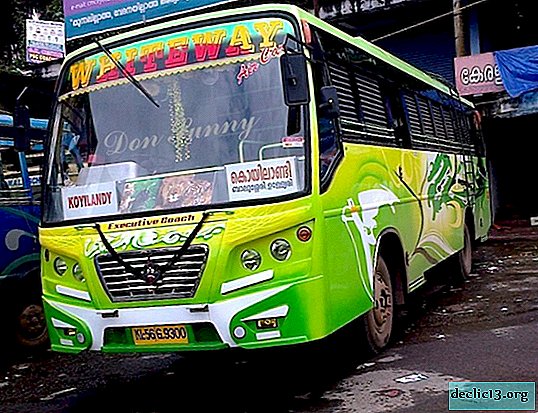
Buses between the village and Bhopal run from 6 am to 10 pm. The road will take at least 1.5 hours. A ticket costs 40 cents.
On a note! Regular bus services run to Vidisha. Travel time is 20 minutes, a ticket costs 10 cents. The first departure is at 6 in the morning, the last at 11 in the evening.
Prices on the page are for October 2019.
Compare accommodation prices using this formUseful Tips
The Great Stupa in Sanchi is a popular tourist destination, but before you start exploring the main attraction of the state of Madhya Pradesh, take a note of some useful tips:
- The best time to visit the mound is from September to March, when the weather is comfortable and absolutely dry. If you intend to come to India in the summer (April to June), get ready for the 40-degree heat and constant rains that erode the roads.
- In addition to the great Buddhist sanctuary in Sanchi, there are several interesting architectural monuments. To view all of them, buy a ticket for the day.
- Want to attract good luck? Locals believe that for this it is enough to walk around Buddhist temples in a clockwise direction.
- Be sure to bring your passport with you - otherwise you simply will not be allowed in.
- There are no ATMs or a currency exchange office in the village, so it is better to stock up on cash in advance (the nearest ATM is in Vidisha).
- Even in the winter season, India is quite hot - do not forget to bring water and a light hat.
- If you urgently need access to a worldwide network, go to the market near the bus station - there are several Internet cafes offering services for 50 cents per hour.
- Inspection of the Big Stupa is best done with a guide, especially since many excursions are conducted in Russian.
- Near the mound there is a museum and several souvenir shops where you can buy handmade gizmos.
- There are no cafes or restaurants in the complex - if you eat for a long time, grab a snack.

The Great Stupa at Sanchi - UNESCO World Heritage Site:
Related entries: What to see in Kandy in Sri Lanka?
What to see in Kandy in Sri Lanka?Updated: 30 Jun, 2018 Kandy (Sri Lanka) - an ancient city, with a population of just ...
 Mafra - museum, palace and city in Portugal
Mafra - museum, palace and city in PortugalUpdated: Aug 15, 2018 Mafra (Portugal) - the place where the largest ...
 Temple of the Sun in Konarak (India) - the legends and secrets of the “Black Pagoda”
Temple of the Sun in Konarak (India) - the legends and secrets of the “Black Pagoda”Updated: Oct 4, 2019 The Temple of the Sun in Konarak is one of the oldest ...
 Ellora Cave Temples: Kailasanatha, Tin Thal, Rameshwar and others
Ellora Cave Temples: Kailasanatha, Tin Thal, Rameshwar and othersUpdated: Oct 4, 2019 Ellora, India is a small shopping village that may ...

 What to see in Kandy in Sri Lanka?
What to see in Kandy in Sri Lanka?
